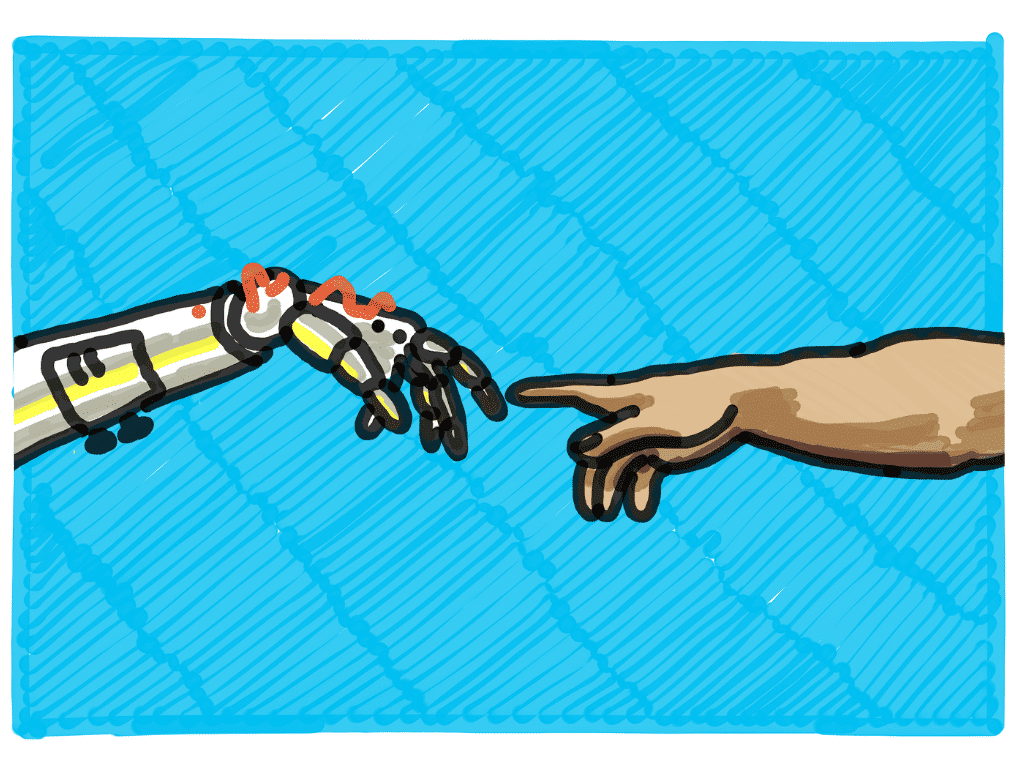Employee satisfaction: what is it anyway?
What the term “employee satisfaction” means in concrete terms is not so easy to pin down.
While everyone probably has an idea of this. Employee satisfaction means – well – the satisfaction of the employees.
Employee satisfaction is used as a term primarily in a business context. Industrial psychology, on the other hand, speaks of job satisfaction. The most common definition of the term is that of Edwin A. Locke from 1976 has established itself as the most common definition: “Job satisfaction may be defined as a pleasurable or positive emotional state resulting from the appraisal of one’s job or job experiences.”
Thus, it is about a positive emotional state resulting from the evaluation of one’s job or experiences in one’s job.
In recent decades, numerous psychological models have attempted to explain what exactly influences this positive state.
Employee satisfaction under the microscope: 12 influencing factors
So what makes employees satisfied?
To find out, it is worth looking at two of the best-known theories of job satisfaction: the two-factor theory of Frederick Herzberg (1959) and the Zurich model of job satisfaction by Agnes Bruggemann (1974).
The two-factor theory is based on the assumption that two independent dimensions of job satisfaction exist: Satisfaction/Non-satisfaction and Dissatisfaction/Non-satisfaction. Both dimensions are influenced by different factors.
So-called “motivators” move the team from non-satisfaction to satisfaction and relate to the work content itself.
In contrast, hygiene factors related to the context of the job only contribute to lowering dissatisfaction, not satisfaction.
Thus, according to Herzberg, in order to experience job satisfaction, both hygiene factors and motivators must be present.
Hygiene factors:
- Working conditions
- Personal relationships
- Employee management
- Security
- Remuneration
- Corporate policy
Motivators:
- Recognition
- Performance success
- Promotion opportunities
- Work tasks
- Assumption of responsibility
- Growth
Industrial psychologist Agnes Bruggemann was interested in how people manage their expectations of work. All too often you experience the difference between the idea of how it should be at work and how it actually is .
Depending on how far expectations and reality diverge, Bruggemann sees six variants of job satisfaction.
- Progressive job satisfaction means that the target/actual comparison is positive and, as a result, the level of aspiration increases.
- Stabilized job satisfaction exists when the target-performance comparison yields a positive result, but the level of demands remains unchanged.
- Resignative job satisfaction means that the target-performance comparison yields a negative result. To compensate, the level of ambition is also lowered.
- Pseudo job satisfaction is given when the target-performance comparison is negative, but the level of demands remains the same. In this case, the work situation is perceived as glossed over.
- Fixed job dissatisfaction exists when the target/actual comparison is negative and the level of demands remains the same. However, no work is being done to improve the situation.
- Constructive job dissatisfaction is evident when the target-performance comparison is negative and the level of demands remains unchanged. In this case, the employee strives to bring about change by attempting solutions and thus reduce the discrepancy.
Recipe for employee satisfaction?
Admittedly, the two scientific models of job satisfaction are somewhat outdated. Nevertheless, they still offer some relevant starting points for how to think about the issue of employee satisfaction.
So there is no one recipe that is sure to increase the satisfaction of the entire workforce.
Nevertheless, recent studies at least provide some indication of what is important to most employees in terms of their happiness at work.
In 2017, staffing firm Robert Half identified the following factors for high employee satisfaction:
The right job: Employees should know what to expect later in their job. Honest employer branding works wonders here. Detailed job descriptions and in-depth interviews also bring the right match.
More responsibility: The team wants to be able to make decisions independently. Those who experience themselves as effective become more satisfied.
Honest appreciation: Everyone wants to be sincerely appreciated. Regular constructive feedback and authentic recognition of achievements work wonders.
Meaning: Employees want to pursue an activity they consider meaningful and be able to make a difference.
If employees are proud of their company, they are 2.8 times more likely to be satisfied.

Fairness and respect: Fair and respectful interaction with each other also determines whether we are satisfied. 93% of employees who experience a lot of fairness and respect do not think about quitting their job.
A positive working atmosphere: Mindfulness and kindness make for a good mood on the job. Motivation, better cooperation and satisfaction even beyond team boundaries – that’s what matters.
The around and on: Measuring employee satisfaction
As Agnes Bruggemann has shown, employee satisfaction is something very individual and dynamic.
This makes it all the more important to find out what moves the employees in a specific team over time. It is about knowing the opportunities and problems of the colleagues. Tailor-made solutions to create an appreciative, productive working environment can only be found if you actually know the concerns of the workforce.
Pay attention: You need this know-how early on, not after the fact.
Tools such as teamecho, which reliably measure employee satisfaction at all times , are ideal for this purpose. reliably measure. In addition, a continuous dialog with the employees, and thus the basis for an all-round motivating organizational climate.
Want to dive deeper into the topic? Then check this:

Motivation at work: Yes, please!
Motivated teams perform better. Here’s how you increase motivation in 6 steps.

How to build a strong corporate culture
Learn how to improve your company’s culture in 9 steps.

TroGroup & teamecho
Combining tradition and innovation? Let TroGroup show you how it works.






